This post is our tribute to all the incredible people who are trying hard to revive the lost art, craft and heritage of Bengal as well as India. We had visited Purulia during the Chhau-Jhumur Utsav at Bamnia and had watched in awe the spectacular performance of Purulia Chhau Dance. We also visited Charida village to get an insight into the Purulia Chhau masks.
I was totally awed by the large masks the dancers were wearing. I wondered how they would perform a dance with such a huge mask. I myself had just participated in a folk dance competition wearing a farmer’s hat. While dancing, the hat had fallen off my head. Well, that is another of the embarrassing stories of my childhood. But on a serious note, I was simply awestruck when I say the dancers wearing Chhau dance masks.
YOU MAY ALSO LIKE : TUSU FESTIVAL AT PURULIA
This is the anecdote from my childhood days when I used to take part in various singing and dancing competitions. You know, Bengali parents want their kids to be good at singing, dancing, poetry, drawing and what not! The competition was a part of my father’s office recreation programme. It was there where I first saw a Chhau dance performance. The dancers with their agile moves, moving their torso energetically and jumping acrobatically had me mesmerized. I have forgotten all about that particular programme (I was merely in the second standard then). The only thing that I remembered was the Chhau dancer and of course, my embarrassing dance performance (sigh)! That was my introduction to the Purulia Chhau dance.
Now that when I travel a lot, I always wanted to see a Chhau dance performance in the place of its origin, Purulia. And since Agni and I always keep visiting the offbeat destinations to see cultural events like these, my dormant wish to see and know more about the history of Chhau dance in Purulia was fulfilled. We visited Purulia in December 2018 to see the Chhau performance at Baghmundi. Infact, we had visited there also in January for the Tusu Parob, another rural festival.

Origin and History of Chhau Dance
Chhau dance is prevalent mainly in the tribal belts of eastern India bordering the states of West Bengal, Jharkhand and Odisha. There are three major forms and distinct styles of Chhau associated with the regions from where they belong – Purulia Chhau of West Bengal, Seraikela Chhau of Jharkhand and Mayurbhanj Chhau of Odisha. While the Purulia and Seraikala Chhau dances use masks, the Mayurbhanj Chhau does not use it.
The origin of Chhau is somewhat obscure and is perhaps lost in the realms of time. The dance form perhaps had come from indigenous martial dance forms. The dance movement comprises of mock combat techniques, gaits of birds and animals and also that of simple village beings.
There are different schools of thought as from where the word “Chhau” has been derived from. The most accepted school of belief says that the word Chhau has been derived from the Sanskrit word Chhaya, which means shadow. Perhaps the looming shadow of the dancers when they perform their acrobatic steps gave this name. Some others believe that the word has been derived from another Sanskrit word Chhadma (meaning disguise) while another school of thought believes that since Chhau is a war dance, the word had some association with Chhauni (meaning camp of soldiers).

The different types of Chhau Dance
As mentioned before, there are three distinct schools of Chhau dance. While the Purulia and Seraikala Chhau dances use a mask, the Mayurbhanj Chhau does not use it. The masks used in these two schools also have subtle differences. Mayurbhanj Chhau is more folk-oriented, while both Purulia Chhau depends on more on acrobatic movements and drama. Seraikala Chhau, on the other hand, is subtler and more like other classical dance forms.

YOU MAY ALSO LIKE : RHYTHM OF HUNDRED DRUMS – WANGALA FESTIVAL
Purulia Chhau Dance and Chhau Mask
The Chhau dance that originated from Purulia finds its inspiration from martial arts and combative training. The dancers perform a repertoire that explores a variety of subjects like mythological episodes from Ramayana, Mahabharata and Puranas, local legends and folklores and abstract themes. The traditional dance is performed at open spaces at the rhythm of various kinds of drums and other musical instruments. Indigenous drums like dhol, dhumsa and kharkai are used along with the melody of mohuri and shehnai to make the dance lively and striking.
Over the centuries, this dance form was patronized by the royal families, rich landlords as well as by a few British Governors of the region. It is believed that the Raja (king) of Baghmundi in Purulia was the main patron of these dances. It was through his inspiration and patronage, that the Chhau masks were made elaborately.

The history of the Seraikela Chhau is connected with the history of the erstwhile rajas of Seraikela, the Singh Deo rulers. The Singh Deos were themselves, choreographers and performers. The kings and their subjects, after practising the art of warfare, would entertain themselves by singing and dancing. In this way, Seraikala Chhau came into being.
Did you know? The knowledge of the dance, music and mask making are transmitted orally from generations to generation.
Chhau dance is an integral part of these communities binding the people from different strata. The Purulia Chhau is usually celebrated during important ceremonies having strong religious sentiments. Purulia Chhau dance follows the Tandava form of Indian classical dance and the performers were mostly Shaivites (followers of Lord Shiva). Chhau is mostly performed as a veneration to Lord Shiva mostly during Gajan festival and other Shaivite festivals. They are also performed during weddings and the sun festival.

The Chhau Dancers – manifestation of energy and strength
Chhau dance is performed only by male artists. Even the female characters are played by male members. Though a classical dance form, Purulia Chhau do not completely adhere to the classical form of dance due to its elaborate costumes and masks. These masks are even more elaborate and extravagant than the Gomira masks that we saw at Kushamandi.
The dance is usually performed on the ground or at the floor level as opposed to an elevated stage. Although these days, Chhau dance is being performed at various places as stage performances, the actual charm and magic of the dance can only be understood when performed in their traditional stage. We visited Purulia just to experience this mad magic of Chhau dance performance. Usually, the important characters of Gods, Goddesses and demons like Krishna, Ganesha, Durga and Ravana have elaborate masks for performing the dances.

YOU MAY ALSO LIKE : GOMIRA DANCE – AN ANCIENT DANCE FORM OF RURAL BENGAL
Charida – the home of the Chhau Masks of Purulia
The Chhau masks are the most important ensemble of the dance performance. These masks are usually made at Charida village at Baghmundi block of Purulia. More than 500 families of Charida are involved in the making of Chhau masks and once you are there, you can easily see different masks hanging on the walls of the workshops at Charida.
The Purulia Chhau masks are mainly made by the Sutradhar community. The making of the Chhau masks is an elaborate process. Usually paper, mud and clay are used to make these masks. Usually, the mould is made of mud and on it, 8 – 10 layers of paper are immersed in diluted glue are pasted one after the other. It is then dusted with ash powder. The facial features are made with clay. Next, another layer of mud is applied and the mask is covered with a cloth and sundried.

YOU MAY ALSO LIKE : A GUIDE TO THE KUMBH MELA AT PRAYAGRAJ (ALLAHABAD)
Finally colours, mostly pastel shades are applied to the masks. The masks are then decorated with beads, glittery ribbons, artificial flowers and leaves. Holes are drilled for eyes and noses. The masks are the representations of the characters that are being played in the dance drama. The beauty and magnetism of the Chhau dance definitely depend on the dramatic details of the Chhau masks.
Each mask represents a specific mythological character. The eyebrows and eyes are painted to give a striking look at the characters. The masks of Goddess Durga, God Kartick and Lord Rama is usually painted bright yellow or orange. Krishna gets the colour green or blue while Lord Shiva and Goddess Saraswati is painted in white colours.
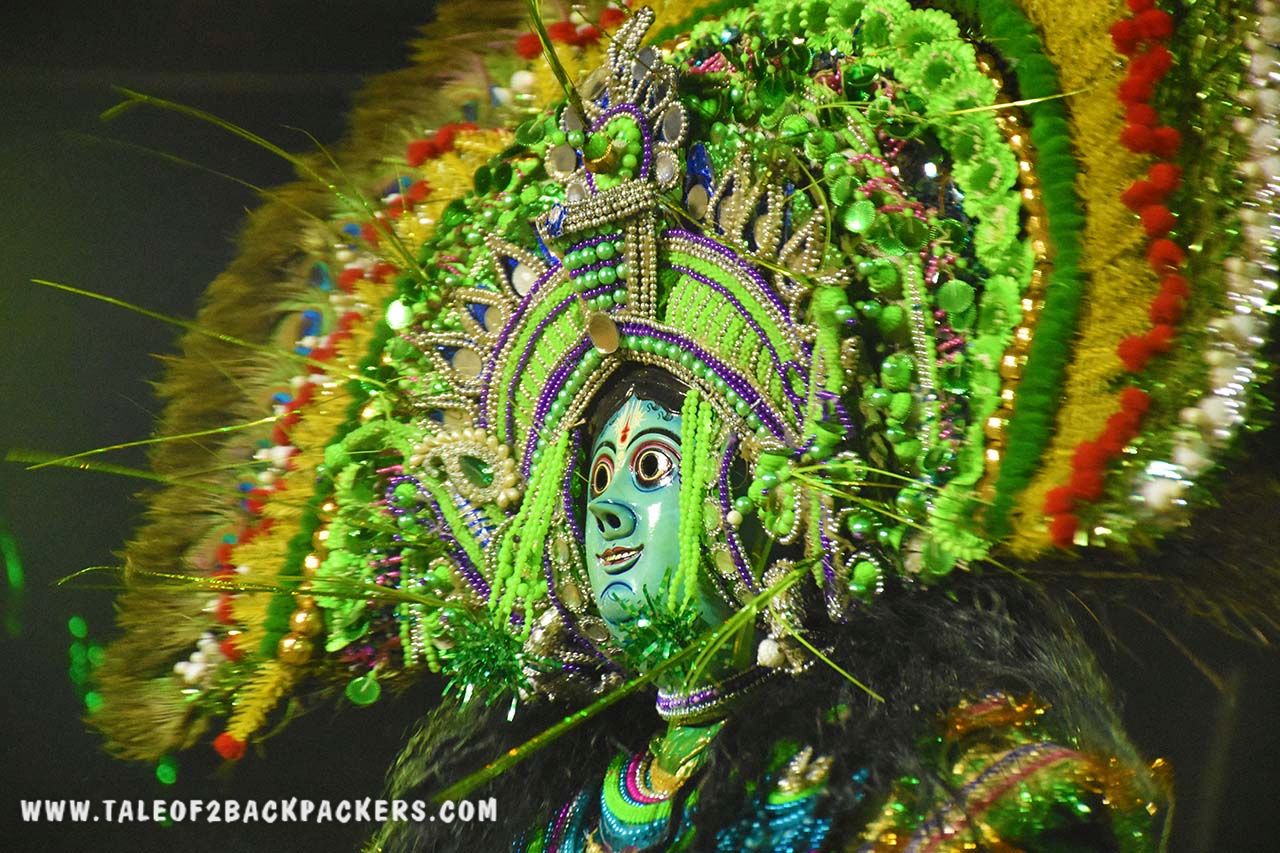
YOU MAY ALSO LIKE : JATAR DEUL, THE HORSE RACE AND THE FAIR
Costumes too play an important part in the dance. The style and variety of costume depend on the character being portrayed. The male dancers wear colourful dhotis with matching kurtas. A lot of jewellery is usually worn by the dancers. The female characters wear colourful sarees. While depicting Gods and Goddesses, the red colour takes a prominent part in the costumes.
The demons and monsters too have their own distinct characters. The demons are elaborately dressed, most likely to have a blue coloured face. In this picture below, see how Ravan is dressed – having a blue mask and 10 hands. Goddess Durga is dressed in red saree.

YOU MAY ALSO LIKE : RAGHURAJPUR, ODISHA – PATTACHITRA & GOTIPUA DANCE
Of recognition and appreciation
The dance, as well as the art of mask making, was gradually going into oblivion because of economic pressure and modernization. There was a decreased participation in the grass root levels as the communities were disconnected from their roots. But with the active zeal of a few people, Chhau dance and Chhau masks are being revived.
In 2010 the Chhau dance was inscribed in the UNESCO’s Representative List of the Intangible Cultural Heritage of Humanity. Of late the Chhau masks are getting a lot of attention. The Chhau masks have also been presented with the Geographical Identification (GI) tag by the Geographical Indication Registry and Intellectual Property India along with other handicrafts like Dokra, Pattachitra and Madurkathi.

YOU MAY ALSO LIKE :BASCON OR BASAR CONFLUENCE
Our Chhau Dance trip to Purulia: Chhau – Jhumur Utsav at Purulia
We visited Purulia to attend the Chhau-Jhumur festival at Bamnia. The performance started in the afternoon and continued till night. There were several acts, each one depicting a mythological or folk story. The story of Sri Krishna, Savitri-Satyaban and many more kept the audience glued. But the main act was perhaps the slaying of Ravan by Ram.
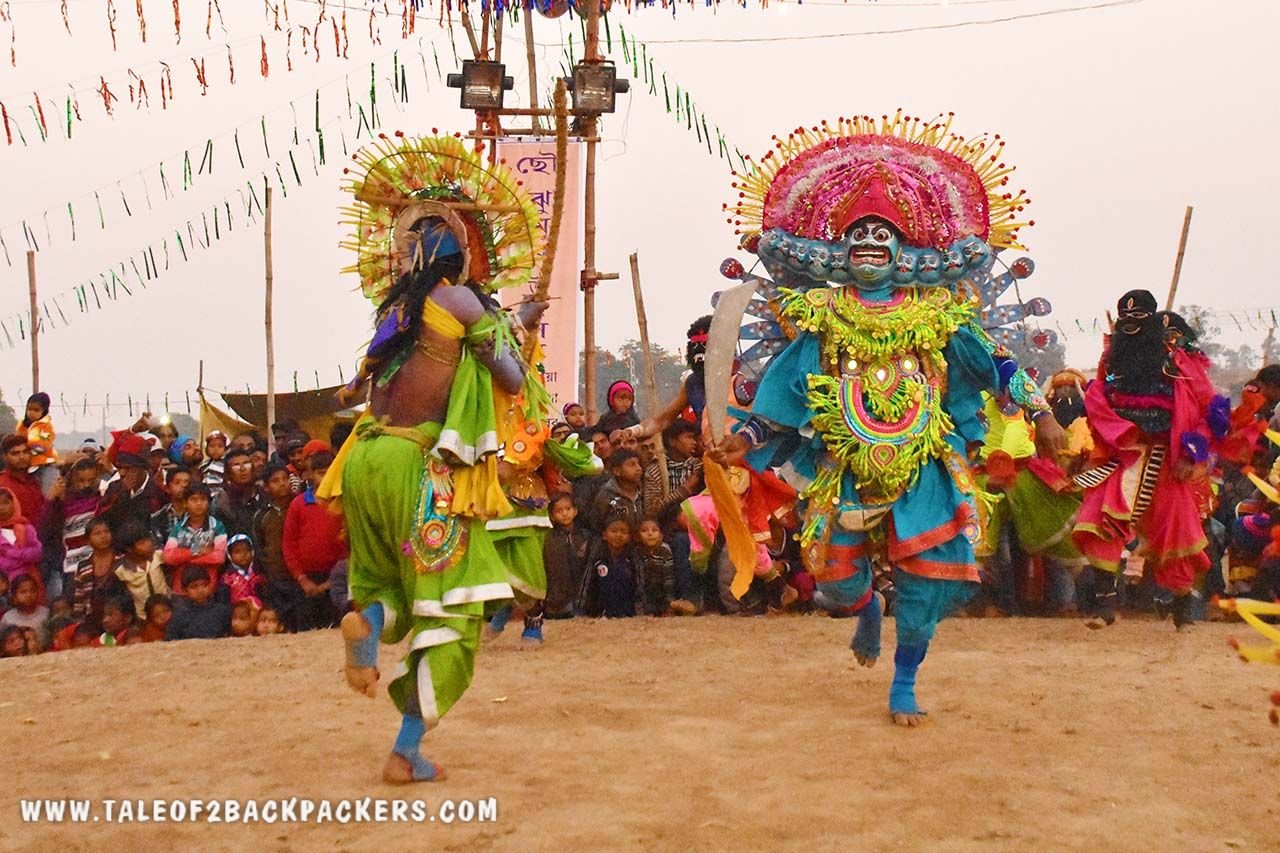
YOU MAY ALSO LIKE : PANG LHABSOL AND THE TALE OF THE BLOOD BROTHERHOOD
To be honest, I find negative characters in a movie or act to be more dramatic and theatrical. Same was the case with Ravan. The person performing the character of Ravan donned with 10 heads and 10 arms was a fabulous performer. We were simply awe-struck by his agility. He jumped, swirled and made terrific acrobatic moves with all the costumes and headgears. The performance was simply electrifying.

YOU MAY ALSO LIKE : MASKS OF MAJULI – A VANISHING TRADITION
So were the performances of the other dancers. The dance performances were taking place at the Bamnia School playground. We were roaming around the place and saw how these dancers were getting ready for their act.
The entrance of the characters into the performing area is always quite sensational. And this dance performance is aptly complemented by the musicians who play the variety of drums, sehnai, reed pipes and other instruments. The audience too plays a huge part in boosting the morals of the dancers. The cheers and claps are there to encourage the dancers. People from the nearby villages all flock the place to see the Chhau performances.



We stayed back till the evening and watched quite a number of Chhau performances and one Jhumur dance performance. Jhumur is a folk dance form in the rural parts of Bengal. We explored some parts of Purulia the next day before returning back to Kolkata. The Chhau performance was simply sensational, something that we would not forget for long. The best part was that we saw the Kagyed dance, a masked dance in Sikkim only a few days back.

Where is Chhau-Jhumur Utsav held?
The Chhau-Jhumur Utsav was held at Bamnia in Purulia from December 22-28, 2018. This year, this is being held at Balarampur between 20-22 December 2019.
Chhau is also held during the Gajan festival in Chaitra (mid-April) in almost most of the villages of Purulia.
How to reach Bamnia, Purulia?
You can reach Purulia town from Howrah by taking a train. There are a number of trains from Howrah to Purulia and it takes around 5 – 6 hours to reach there. From Purulia, Bamnia is around 40 km and takes about an hour.
However, we took a different route. We took an overnight train from Howrah to Muri Junction. We reached Muri around 5:00 AM. From Muri, we took a passenger train to Jhalida, a small town in Purulia. Bamnia is only 5 km from Jhalda.
Where to stay?
There are no proper hotels at Bamnia. It is better to stay at Purulia. There are a number of hotels at Purulia of different budgets.
We stayed at Amantran Lodge in Jhalda. It is a very basic lodge with minimum amenities. For booking, you can call +91 9800514196.
Here are a few more pictures of this incredible dance!

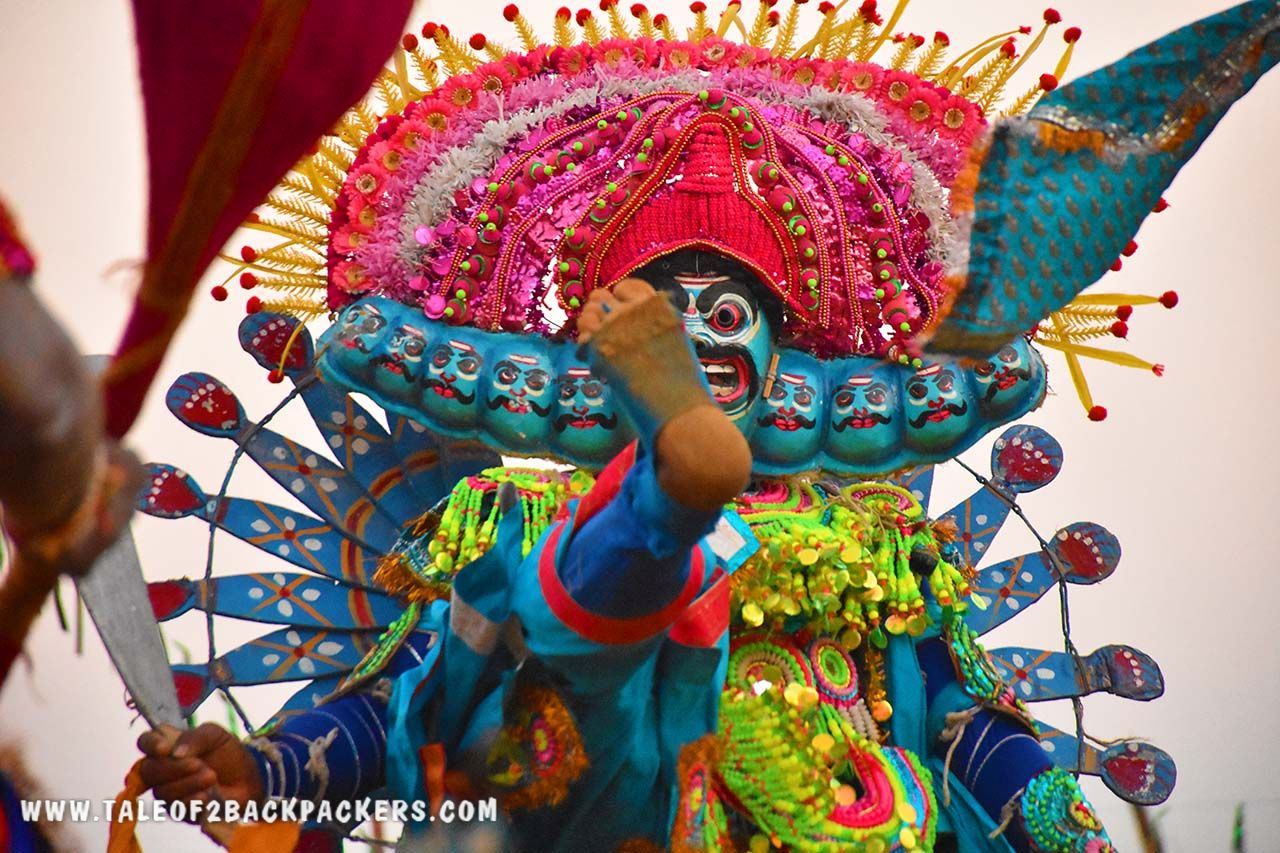





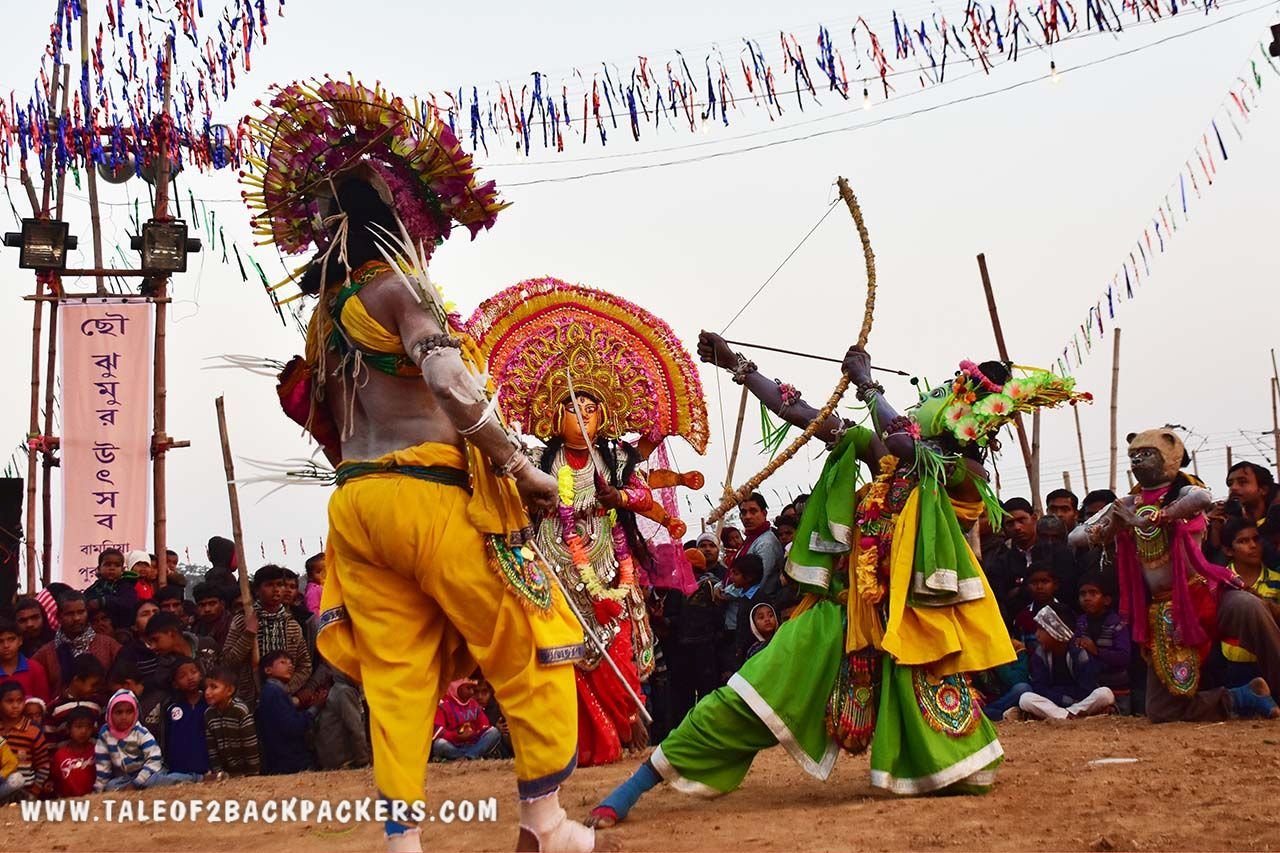


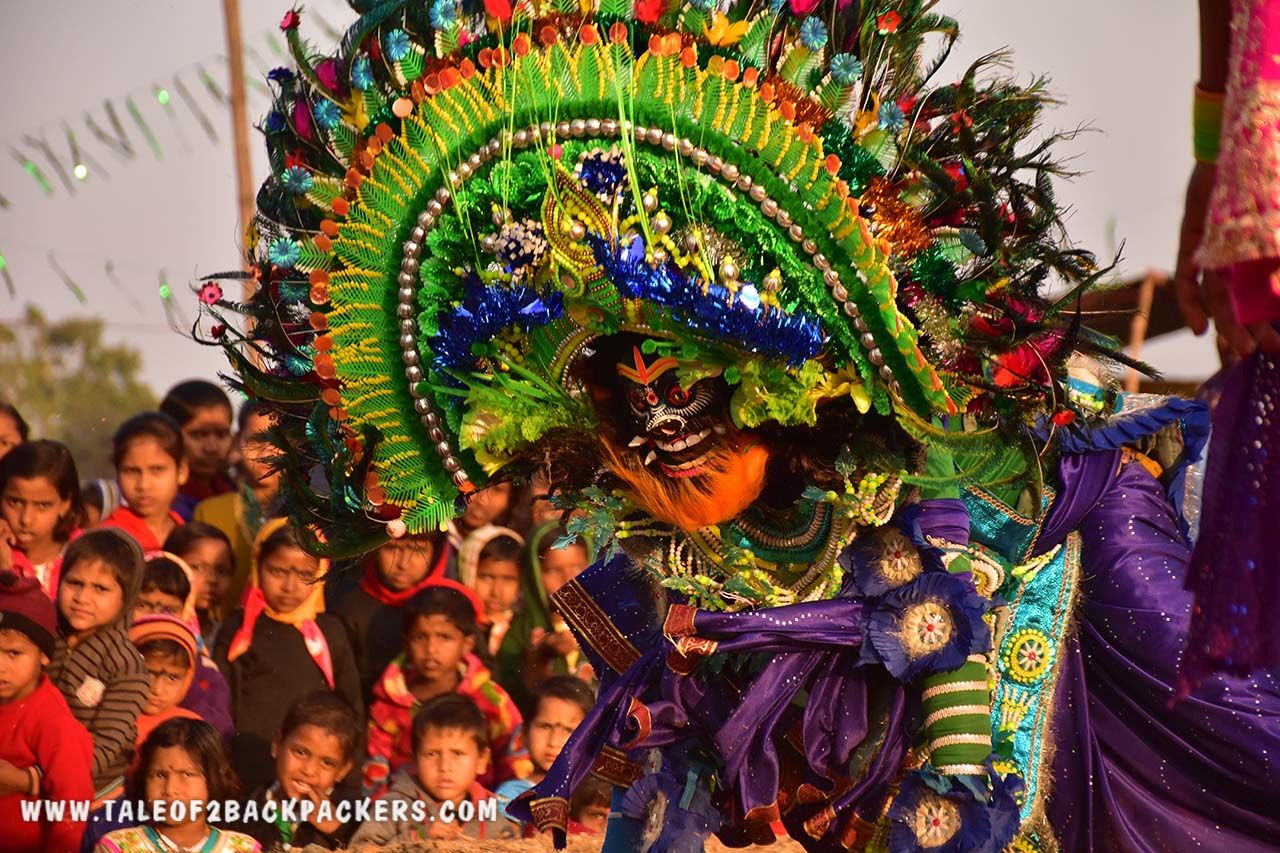
Hope you liked the photographs! If you want to know more about Purulia and Chhau dance, please do comment below. Also, let us know your thought about this article. If you like it, please share the article and comment below. Please subscribe to our newsletter for more cultural stories and to know about the various festivals of India!
Pin it for a later read!






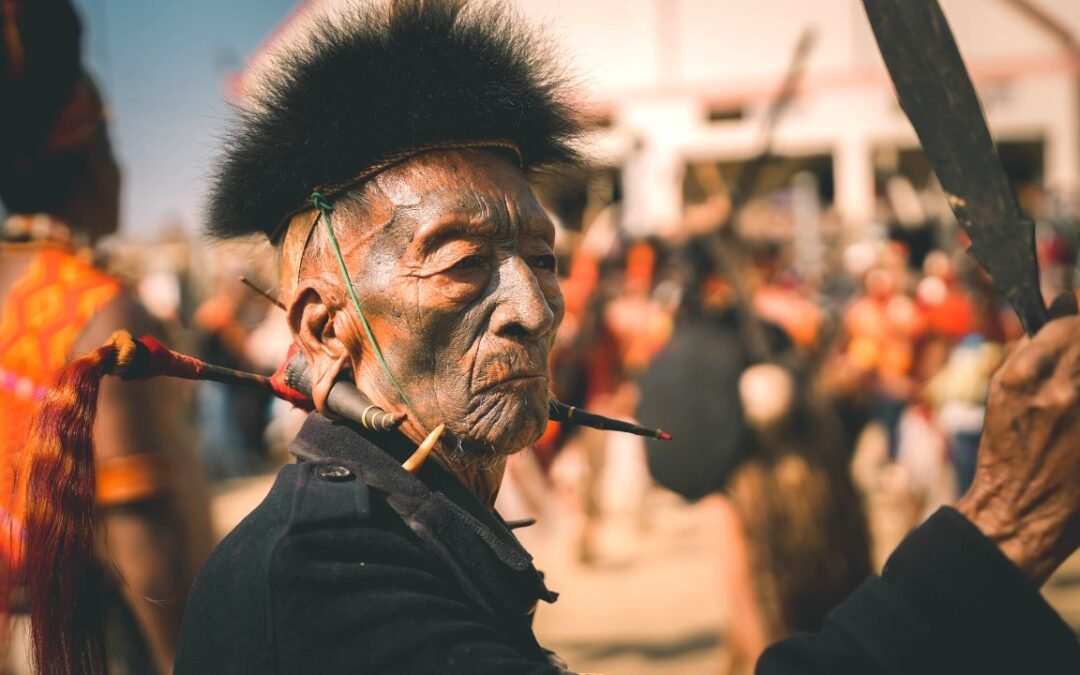
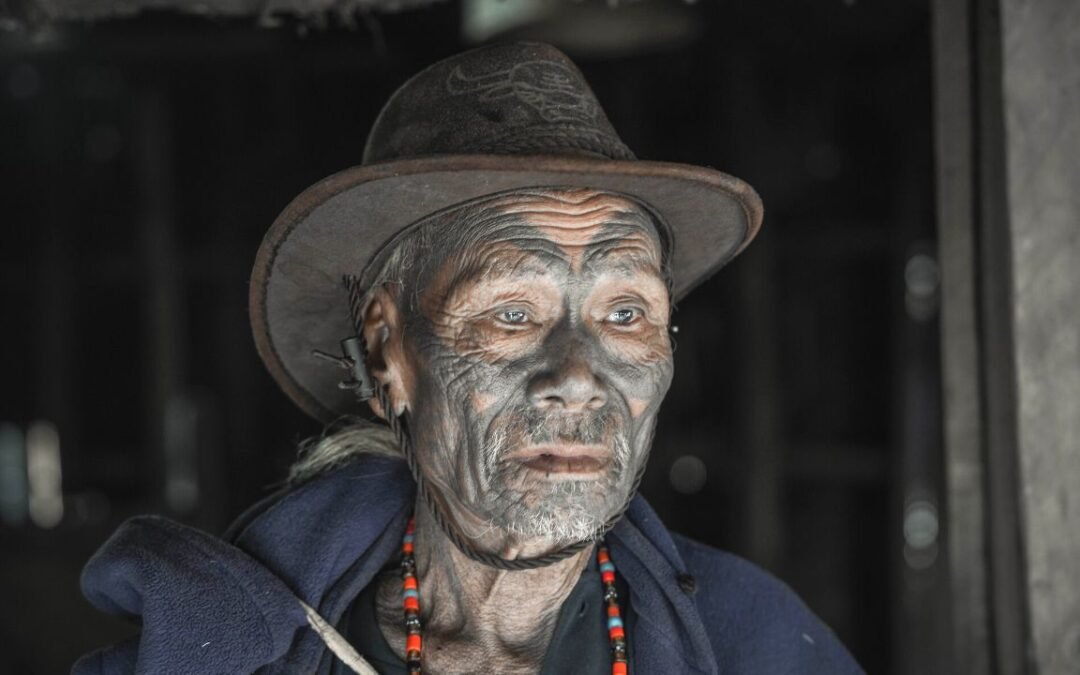
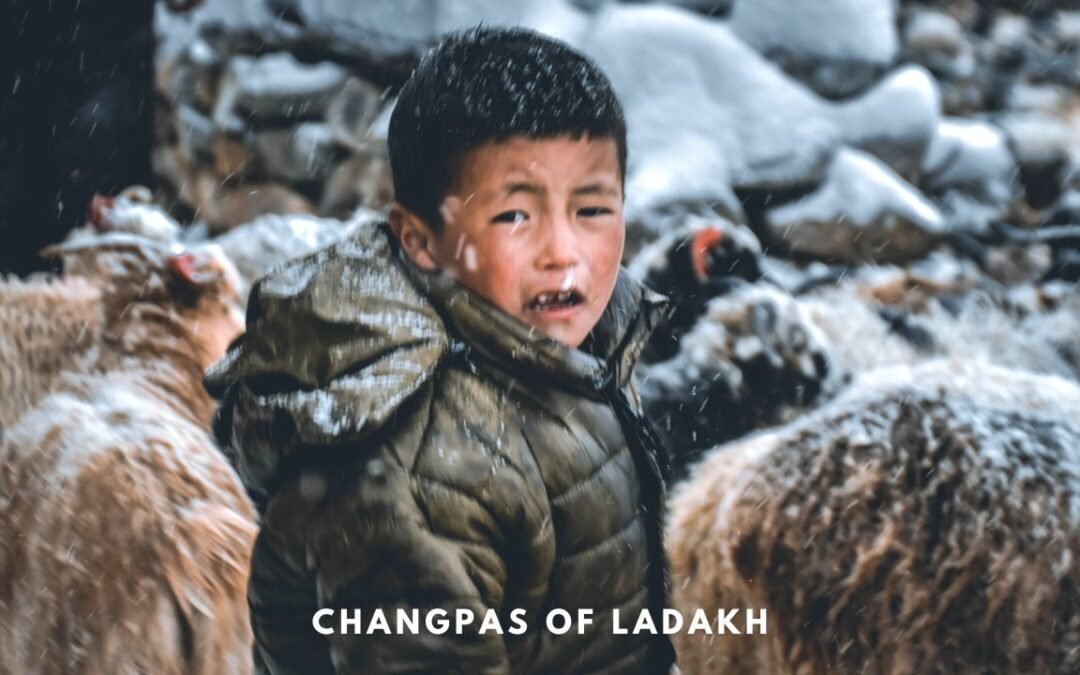

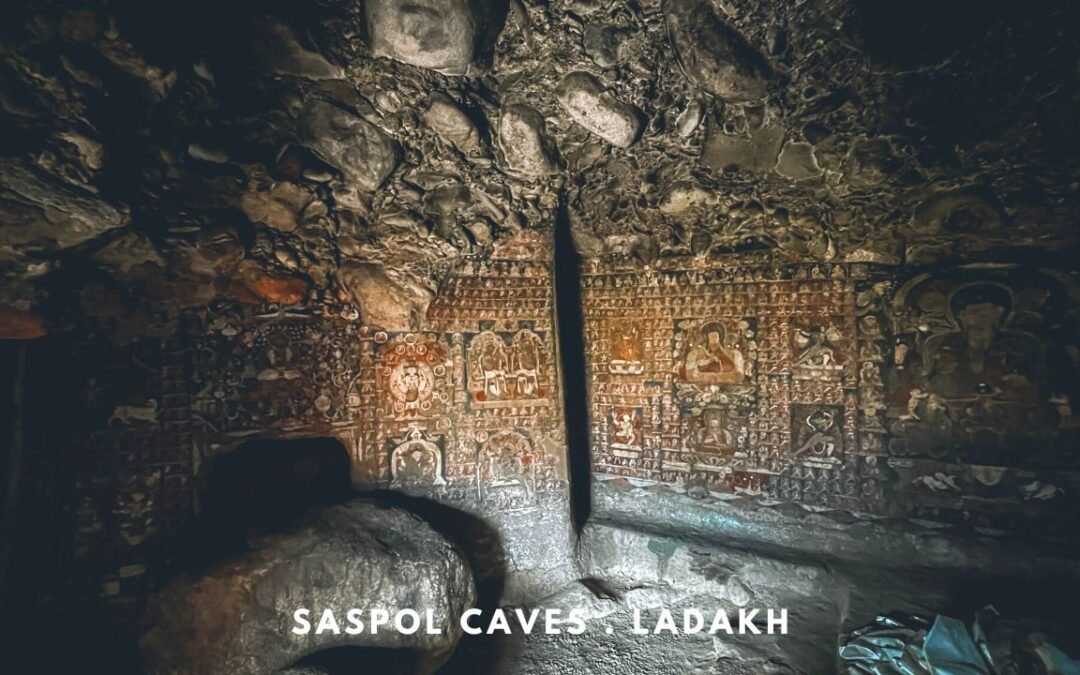


Thank you for the road map stated to reach purulia also, really liked your way of explaining their chhau dance form! Nicely explained!
Thank you Jasleen!
These are some incredible images of an incredible dance and art form. Have seen a Chhau dance performance in Jharkhand, but that was on a stage. A performance in the open must indeed be a thrilling experience. The masks used are really spectacular.
Thank you so much. Open air performances are always more dramatic.
I’ve learnt a version of Chhau dance at school, but this version of the traditional dance seems like such an enticing experience!
Wow, really! I would love to talk to you about this.
What a detailed post of this amazing festival showcasing the traditional culture.
Loved reading every bit of it.
Thank you Sanjay!
Never knew about this. Something new learned, thanks to you.
Bengal is my in-law’s place, I will see next time if I can reach theirs during the fest.
I am from Jharkhand and am currently living in West Bengal and I had no idea that there were 3 different chhau dance forms! That’s amazing! Loved the post! You have explained everything so beautifully!
OMG .. I am making some major travel goals right now, merely looking at your pictures. Such a well written post. The festival seems like so much fun ?
What a detailed story about the dance performance with some incredible pictures. I heard about chaau dance but never got an opportunity to visit. Your post made me visit virtually there. Very nice.
Such beautiful colors. I have never heard of this festival, but that’s the beauty of India.
Every few steps, there’s an entirely new culture to experience and know about!
Thank you for an excellent post on a fascinating festival. It was very nice to read about the details of the masks and the dance, the photos add to the experience of knowing about this festival.
I am planning to visit the Chhau festival this year which is from 20 th to 22nd Dec. Can you please tell me whether this year the festival will take place in the same location or somewhere else in Purulia. Great article and lovely pictures.
Thank you Ishani! Glad that you liked it. Yes, the festival will be held at Balarampur in Purulia, not the same place.
The photographs that you have posted are so lively and mesmerizing. can we see the chau dance at any given period of the year if we visit Charida village.
May be an exclusive program can be arranged. kindly advise.
Thank you so much Soumendu! Every year during December, Chhau and Jhumur Festival takes place in Purulia. I will be updating the date once they are out. Please keep an eye. Otherwise, Chhau dance are performed in the villages during Poila Baisakh. But that is entirely a community affair.
It is a nice blog. Thanks for sharing,
Legacy of Purulia.. nice content…
Thank you so much.
Purilia is very near from my home location kolkata.
But as of now still not get a chance to visit. You have mentioned very details in this post. Really awesome and thanks for this sharing.
Thank you for your comment. Please do visit Purulia. It is a beautiful destination.